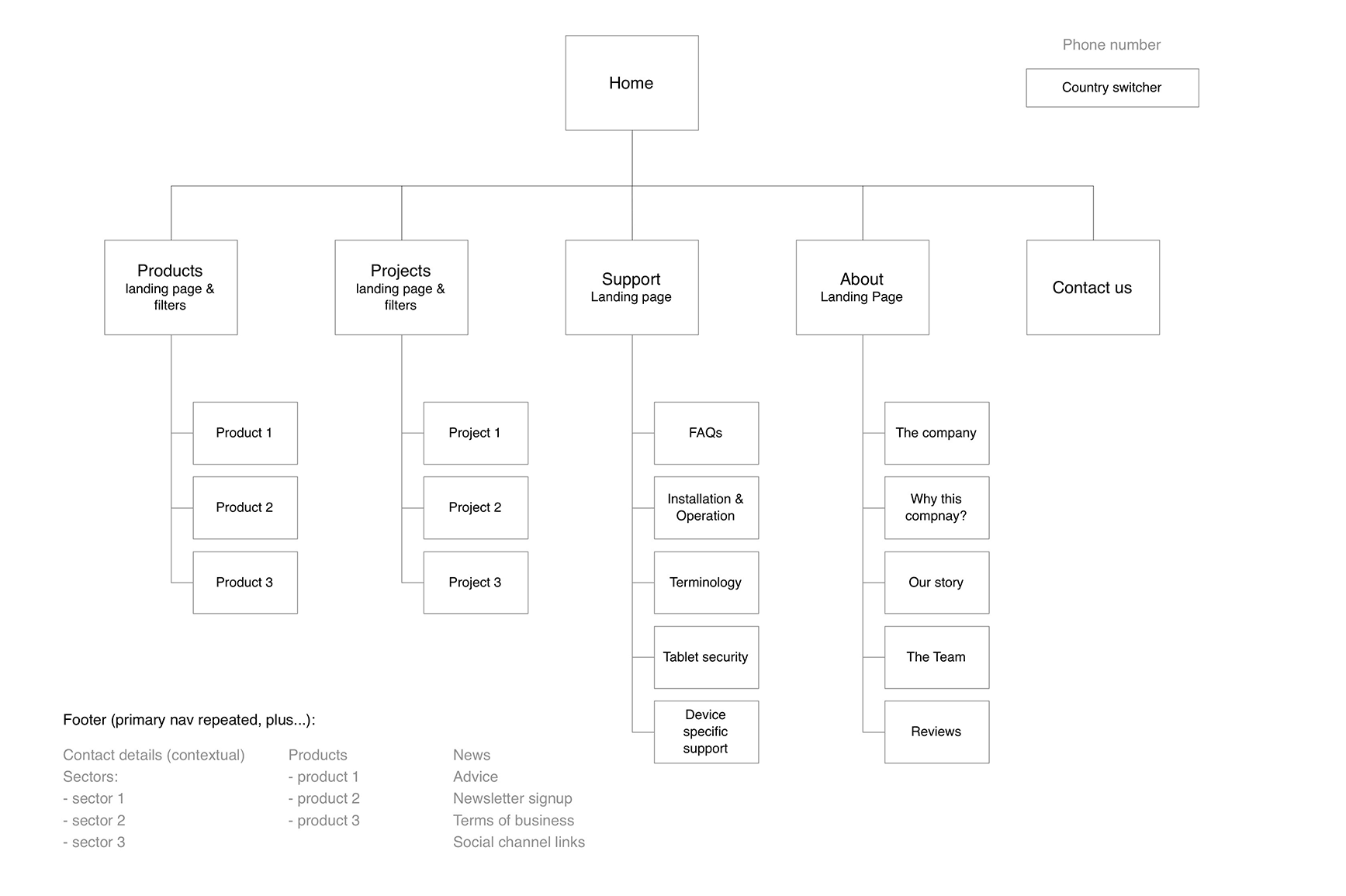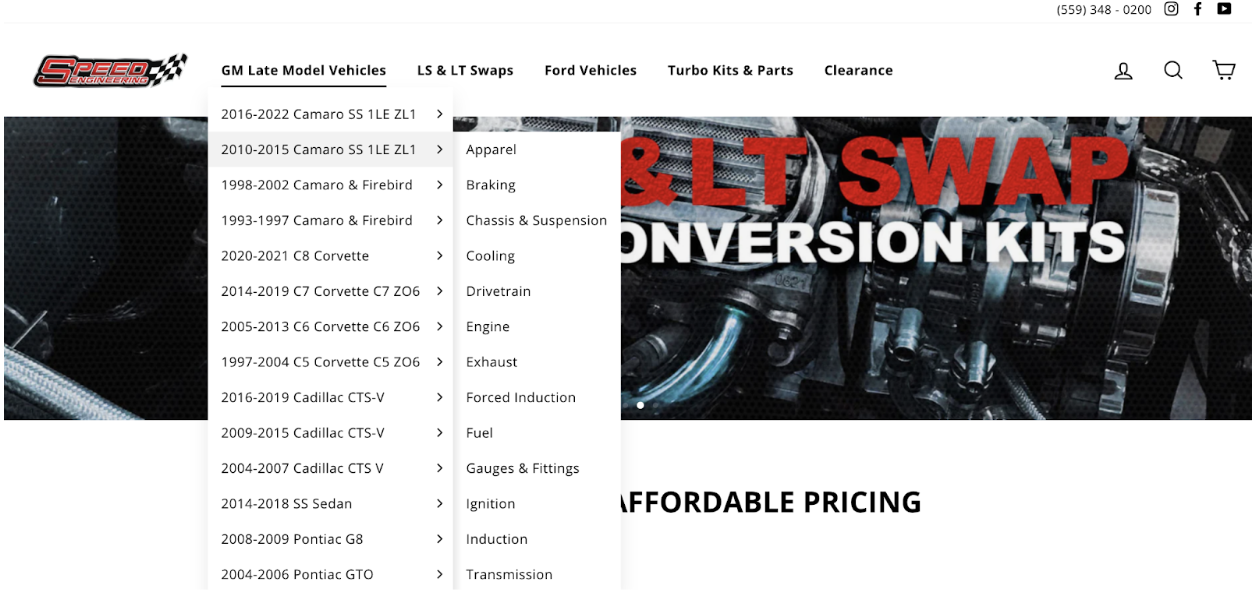SEO (search engine optimization) is one of the, if not the, most important way to get your site in front of potential customers. It’s also a bit complicated. Since we opened our doors in 2009, many of our eCommerce clients have wondered why we suggest certain things for SEO. How does it actually make a difference? This article will answer all your questions.
Common Technical SEO Suggestions for ECommerce
Every site has different needs, but these are some of the most common and universal recommendations made to optimize the SEO for an eCommerce website.
Optimize Page Speed
Page speed refers to how fast each page of your website loads. There are a lot of factors that play a part in page speed, but the gist of it is that the faster your page loads, the better. Both users and search engines prefer fast loading pages.
Fix Broken Links
Broken links refer to any link on your page that doesn’t direct the user to the proper page. There are multiple types of broken links, but the 404 Link Not Found is the most common and well known.
Create a XML Sitemap
A Sitemap is a file that contains vital information about your website, and the pages that are found on it. These files are used by search engines to crawl your website more efficiently.

Add Logical Hierarchy
Logical hierarchies refer to the way that information is organized on a site. The most common example would be site menus. These nestings help customers find what they are looking for faster and allow you to organize the products on your site into categories.
What These Technical SEO Suggestions Do For Sites
Now that you have an understanding of what these suggestions are, we can look deeper into how they impact your SEO.
What Optimizing Page Speed Does for SEO
Optimizing page speed can help SEO in a number of ways. Firstly, Google uses page speed as one of their factors for SEO rankings.
It also makes customers more satisfied, making them more likely to stay and use your store. The more people that use your site, the more authority your site is given by search engines. This in turn helps improve your SEO.
If you’re interested in learning more about why your page speed is essential for eCommerce sites, download our whitepaper.
What Fixing Broken Links Does for SEO
People don’t stay on broken pages. This is a fact. When a site has broken pages, it impacts important SEO factors such as bounce rate, time on site, and the trust in your site. Broken links can tell a search engine crawler that your site is outdated, which would result in it ranking your site lower.
Whether you’re redirecting or removing the broken links, these updates help your site keep users engaged.
What Creating a XML Sitemap Does for SEO
As mentioned above, sitemaps help search engines crawl your site more efficiently, learning vital things about your site, including which pages you consider the most important. This blueprint helps the search engine, which in turn helps you rank higher.
What Adding a Logical Hierarchy Does for SEO
Imagine the products that you sell. You probably have them in different categories. If you sell apparel, you may have it separated by adult and children, types, and sizes. This kind of logical hierarchy makes it easier for people to navigate your site, which will help SEO and establish site authority.

Read our Top 6 Shopify Automotive Stores Blog to learn more about why we love this example
Need a Total Rehaul?
Disappointed with your SEO performance? Looking to give your eCommerce site a total rehaul? Arizona’s first Shopify Plus Partner is here to help. Use the contact form below to see if Fyresite will be a good fit for your business.